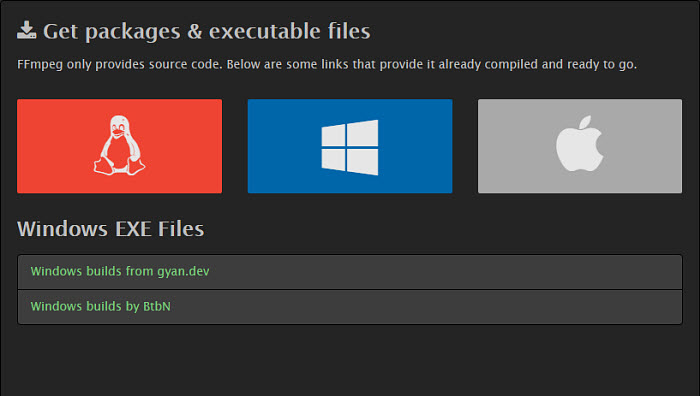

The concat demuxer requires all input files to have the same streams. However, when the input file is an image (instead of a video) the inpoint creates an error, so you have to leave it out. The inpoint is where in the video input timeline you want to start, and the outpoint is for how many seconds you want to go. In the text file, the format is usually like what is found in this similar question/answer, where you specify an "inpoint" as well as an "outpoint". This is not necessary if they are relative paths.ĭifferences when working with video files instead of images:


The text file lists the file name, then lists the amount of time to show it in seconds.The command uses -f concat demuxer to add all the files listed in the text file to a single output.Then you run the following command: ffmpeg -f concat -i output.mp4 To get each image to have a different time shown, instead of all images having the same time, you'll have to use the concat demuxer and a text file.Ĭreate a text file like the following, ordering the images as you'd want them.


 0 kommentar(er)
0 kommentar(er)
